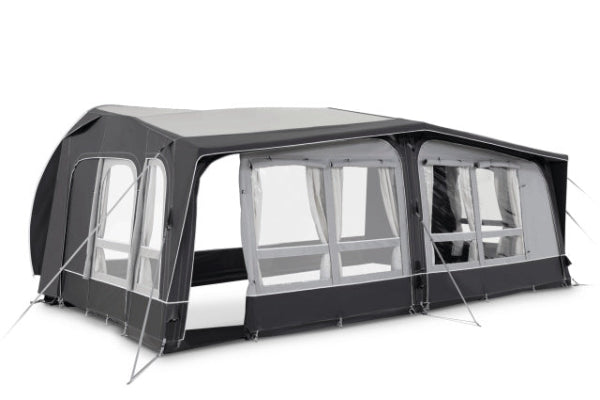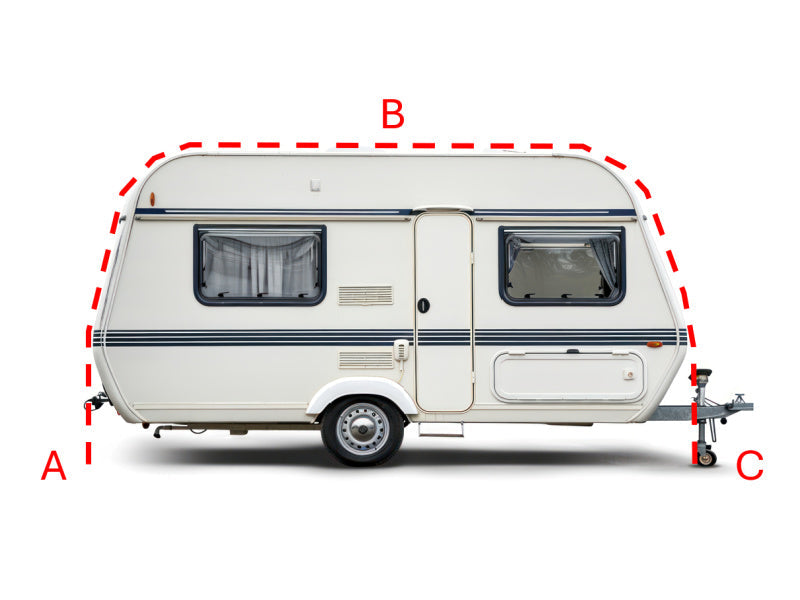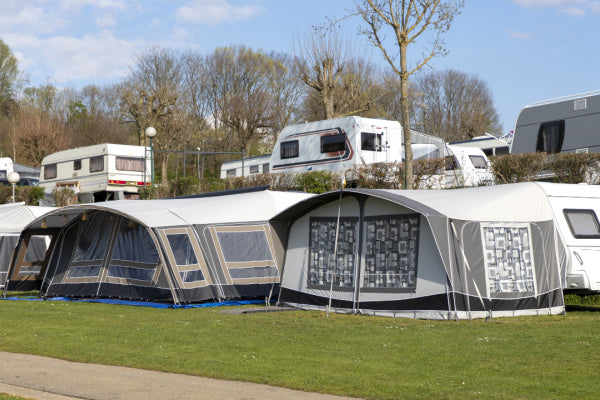Can You Overcharge a Portable Power Station?
Ever worry your portable power station might go boom if you leave it plugged in too long? Short answer: not really—modern ones have smart tech to prevent overcharging. But there’s still plenty you should know to keep it safe, efficient, and long-lasting. Stick around for the juicy details.
Decoding Portable Charging: Overcharge Protection, Battery Health, and Best Practices
The Truth About Overcharging Modern Portables
With more people using portable devices daily, knowing how to charge them properly is key. A common concern is whether leaving them plugged in could cause damage.
Understanding how battery charging actually works can clear up confusion. It also helps keep your power stations and power banks working efficiently.
Let’s break it down.

What "Overcharging" Actually Means for Batteries
When a device is charging, energy is stored through a chemical reaction inside the battery. Most portable devices today use lithium-ion batteries. These move lithium ions between electrodes to store and release energy.
Overcharging happens when energy keeps flowing into a battery that's already full. Without safeguards, this can create excess heat and internal stress.
That stress is what causes long-term battery damage—or worse, safety issues.
How Built-in Battery Management Systems (BMS) Prevent It
Thankfully, modern devices have built-in battery management systems (BMS). These monitor voltage, temperature, and charge level.
Once your battery is full, the BMS automatically reduces or cuts off charging. Some systems switch to trickle charging, just enough to keep the battery topped up without overloading it.
These smart systems are now standard in quality portable power stations and power banks.
Are There Exceptions? (Faulty or Very Old Devices)
Yes, there are rare cases where overcharging can still happen.
This is usually with very old or poorly made devices. Some cheaper models don’t have effective protection systems in place.
If you’re using an outdated or unknown brand, exercise caution. Look out for any unusual heat or swelling while charging.
If Not Direct Overcharge, What Can Still Affect Battery Longevity?
The Impact of Keeping Your Device Constantly at 100% Charge
Even with protection systems, keeping a battery at 100% constantly can wear it down over time.
Batteries are healthiest when they operate between 20% and 80%. Staying at full charge increases internal pressure and reduces long-term efficiency.
It's not as dramatic as overcharging, but it adds up.

Understanding Gradual Battery Degradation and Reduced Lifespan
All rechargeable batteries slowly degrade with use. Each full charge cycle slightly reduces the battery's capacity.
Leaving your device plugged in all the time can increase the frequency of these cycles. Over months or years, you’ll notice a shorter charge life and slower performance.
That’s why using your device actively and letting it cycle through its range is better for longevity.
Key Signs of Battery Wear or Damage (e.g., swelling, reduced capacity)
Some warning signs that your battery is wearing out:
-
It runs out of power more quickly than before
-
The device feels unusually hot during charging
-
You notice swelling or a warped casing
If you see these, stop using the battery and consider replacing it. Swelling especially can be dangerous.
Smart Charging Habits for a Healthy Portable Battery
Optimal Charging Levels and Using the Right Charger
Use the charger that came with your device—or one that matches its voltage and current ratings. Cheap or mismatched chargers can do more harm than good.
Aim to keep your battery between 20% and 80% when possible. Avoid deep discharges to 0%, as these can also strain the battery.

Temperature Considerations During Charging and Storage
Heat is one of the biggest enemies of battery health. Charging generates heat naturally, but if your device is in a hot environment, the risk increases.
Always charge in a cool, dry place. Never leave your device in direct sunlight or near other heat sources while charging.
Ideal charging temperature: 15°C to 25°C.
Long-Term Storage: Do's and Don'ts
If you’re putting your device away for a while:
-
Don’t store it at 100% or 0%
-
Charge it to around 50% first
-
Keep it somewhere cool and dry
-
Check on it every few months to make sure it hasn’t drained completely
These steps help preserve the battery even during extended breaks from use.
Other content you might like:
- What Appliances Can You Use on a 1000W Inverter?
- What Is the Difference Between an Inverter and a Power Station?
- Can You Charge a Portable Power Station With a Solar Panel?
- Is 200W Solar Enough for Camping?
- Can I Plug My Motorhome Into a Portable Power Station?
- How to Operate a Portable Power Station?
- How to Know if a Portable Power Station Is Fully Charged?
- How Long Does a Portable Power Station Hold Its Charge?
- Can I Use My Portable Power Station While Charging?





Leave a comment